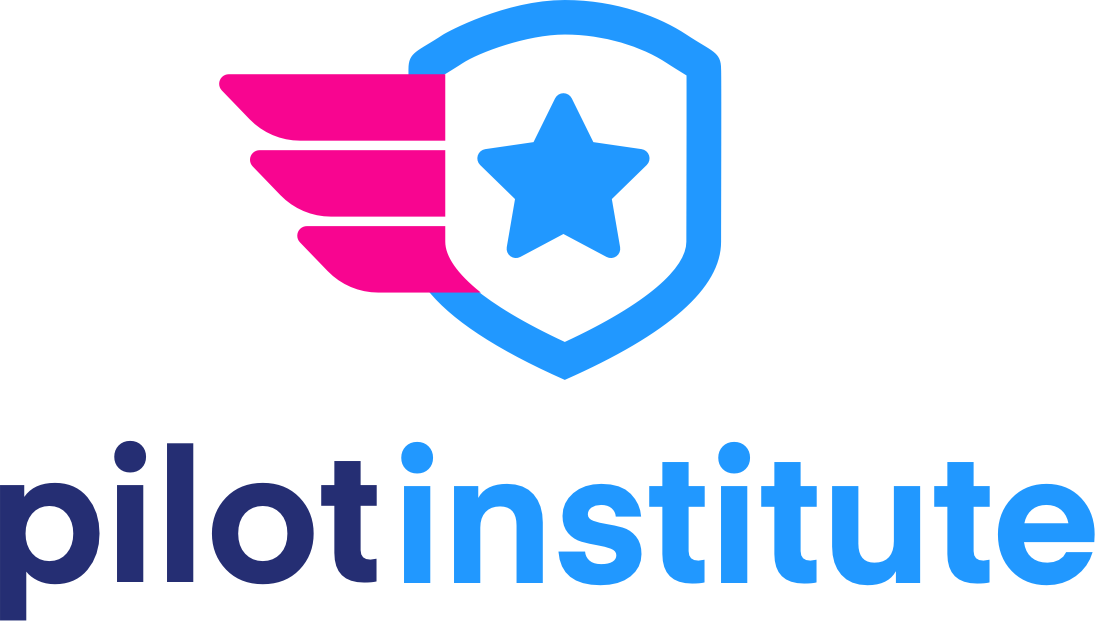FPV Freedom Coalition comments:
As described in the background section, starting in that paragraph’s 3rd sentence:
These limitations require the FAA to recognize community-based organizations (CBOs), develop and administer an aeronautical knowledge and safety test, establish fixed flying sites, approve standards and limitations for unmanned aircraft weighing more than 55 pounds, and designate FAA Recognized Identification Areas (FRIAs).
The FAA describes FAA Recognized Identification Areas (FRIAs). The burden associated with establishing FRIAs, information requested, and the application process have been dramatically underestimated by the FAA in its Programmatic Environmental Assessment FRIA document, https://www.federalregister.gov/documents/2023/04/03/2023-06805/notice-of-availability-of-the-draft-programmatic-environmental-assessment-pea-for-faa-recognized
In this document, the FAA estimated the total number of FRIAs at 4,000. One of the four CBO’s, the AMA has 2,600 flying sites in the USA and represents 5% of the population of recreational sUAS operators. The AMA’s stated desire is for all their 2,600 sites to be approved by the FAA as FRIAs. If one FRIA were established for every twenty sUAS operators, that would require approximately 79,000 FRIAs, or 19.75 times as many as the FAA has estimated.
The administration of FRIA applications has been and is likely to continue to be a significant resource burden for the FAA and all the Community Based Organizations. As this document (FAA-2023-1480) describes information that will be requested of 44809 sUAS operators, AND, the FAA has mentioned FRIAs, we ask the FAA to revisit this request and add a request for information and add the description and burden of FRIA approval. Given the number of FRIAs approved to date and the anticipated continued backlog of applications going into at least the next two years, significant resources will be required by the FAA as well as all four CBOs.
FAA Source documents:
DEPARTMENT OF TRANSPORTATION
Federal Aviation Administration
[Docket No. FAA–2023–1480]
Agency Information Collection
Activities: Requests for Comments;
Clearance of Continued Approval of Information Collection: Limited Recreational Unmanned Aircraft
Operation Applications
AGENCY: Federal Aviation Administration (FAA), DOT.
ACTION: Notice and request for comments.
SUMMARY: In accordance with the Paperwork Reduction Act of 1995, FAA invites public comments about our intention to request Office of Management and Budget (OMB) approval to continue information collection. The collection involves information related to recreational flying under the Exception for Limited Recreational Operations of Unmanned Aircraft. The information collected will be used to recognize Community Based Organizations (CBOs), administer an aeronautical knowledge and safety test, establish fixed flying sites, approve standards and limitations for Unmanned Aircraft Systems (UAS) weighing more than 55 pounds, and designate FAA Recognized Identification Areas (FRIAs).
DATES: Written comments should be submitted by October 6, 2023.
ADDRESSES: Please send written comments:
By Electronic Docket:
www.regulations.gov (Enter docket number into search field).
By mail: Alvin A Brunner, AFS–830/
SPS, 800 Independence Ave. SW,
Washington, DC 20591.
By email: alvin.a.brunner@faa.gov.
FOR FURTHER INFORMATION CONTACT:
Alvin Brunner by email at: alvin.a.brunner@faa.gov; phone: (405) 666–1024.
SUPPLEMENTARY INFORMATION:
Public Comments Invited: You are asked to comment on any aspect of this information collection, including (a) Whether the proposed collection of information is necessary for FAA’s performance; (b) the accuracy of the estimated burden; (c) ways for FAA to enhance the quality, utility and clarity of the information collection; and (d) ways that the burden could be minimized without reducing the quality of the collected information. The agency will summarize and/or include your comments in the request for OMB’s clearance of this information collection.
OMB Control Number: 2120–0794.
Title: Limited Recreational Unmanned Aircraft Operation Applications.
Form Numbers: Online collection.
Type of Review: Continued information collection.
Background: In 2018, Congress passed the FAA Reauthorization Act of 2018 (Pub. L. 115–254). Section 44809 of Public Law 115–254 allows a person to operate a small unmanned aircraft (UA) without specific certification or operating authority from the FAA if the operation adheres to certain limitations. These limitations require the FAA to recognize community-based organizations (CBOs), develop and administer an aeronautical knowledge and safety test, establish fixed flying sites, approve standards and limitations for unmanned aircraft weighing more than 55 pounds, and designate FAA Recognized Identification Areas (FRIAs). The information will be collected online, primarily through the FAA’s DroneZone website. The information collected will be limited to only that necessary for the FAA to complete a review of an application under the following statutory requirements:
Section 44809(c)(1), Operations at Fixed Sites
Section 44809(c)(2)(a), Standards and Limitations—UA Weighing More Than 55 Pounds
Section 44809(c)(2)(b), Operations at Fixed Sites—UA Weighing More Than 55 Pounds
Section 44809(g)(1), Aeronautical Knowledge and Safety Test
Section 44809(i), Recognition of Community-Based Organizations
Respondents: Individuals and organizations operating under the Exception for Limited Recreational Operations of Unmanned Aircraft who wish to be recognized as CBOs, administer the aeronautical knowledge and safety test, establish fixed flying sites, have standards and limitations for unmanned aircraft weighing more than 55 pounds approved, and establish designated FRIAs.
Frequency: On occasion.
Estimated Average Burden per Response: Varies depending on the type of stakeholder application. Fixed flying site applications (including more than 55 pound UAS and FRIA) are estimated to take 0.5 hours per applicant. CBO recognition and more than 55 pound UAS standards and limitations applications are estimated to take 1.0 hours per applicant.
Estimated Total Annual Burden: Varies depending on the type of stakeholder application. CBO recognition and more than 55 pound UAS standards and limitations applications are not recurring, resulting in a one-time annual burden of 1 hour per application. However, this number can vary greatly as incomplete applications are quickly denied, but complete application that include over 55 pound UAS can take two or more hours. Fixed flying site applications are required to be updated/renewed annually, resulting in a total annual burden of 0.5 hours per year. The FAA estimates 25 CBO recognition/more than 55 pound UAS standards and limitations applications in the first year, totaling 25 hours. Fixed flying site applications (including more than 55 pound UAS and FRIA) are expected to number around 200 applications per year, totaling 100 hours.
Issued in Washington, DC, on August 2, 2023.
D.C. Morris,
Aviation Safety Analyst, Flight Standards Service, General Aviation and Commercial Division.
[FR Doc. 2023–16852 Filed 8–4–23; 8:45 am]
BILLING CODE 4910–13–P
Section 44809(c)(1), Operations at Fixed Sites
(c) Operations at Fixed Sites.-
(1) Operating procedure required.-Persons operating unmanned aircraft under subsection (a) from a fixed site within Class B, Class C, or Class D airspace or within the lateral boundaries of the surface area of Class E airspace designated for an airport, or a community-based organization conducting a sanctioned event within such airspace, shall make the location of the fixed site known to the Administrator and shall establish a mutually agreed upon operating procedure with the air traffic control facility.
Section 44809(c)(2)(a), Standards and Limitations—UA Weighing More Than 55 Pounds
(2) Unmanned aircraft weighing more than 55 pounds.-A person may operate an unmanned aircraft weighing more than 55 pounds, including the weight of anything attached to or carried by the aircraft, under subsection (a) if-
(A) the unmanned aircraft complies with standards and limitations developed by a community-based organization and approved by the Administrator; and
Section 44809(c)(2)(b), Operations at Fixed Sites—UA Weighing More Than 55 Pounds
(B) the aircraft is operated from a fixed site as described in paragraph (1).
Section 44809(g)(1), Aeronautical Knowledge and Safety Test
(g) Aeronautical Knowledge and Safety Test.-(1) In general.-Not later than 180 days after the date of enactment of this section, the Administrator, in consultation with manufacturers of unmanned aircraft systems, other industry stakeholders, and community-based organizations, shall develop an aeronautical knowledge and safety test, which can then be administered electronically by the Administrator, a community-based organization, or a person designated by the Administrator.
Section 44809(i), Recognition of Community-Based Organizations
(i) Recognition of Community-based Organizations. -In collaboration with aeromodelling stakeholders, the Administrator shall publish an advisory circular within 180 days of the date of enactment of this section that identifies the criteria and process required for recognition of community-based organizations.
Dave Messina, President & CEO, FPV Freedom Coalition
dmessina@fpvfc.org
October 5, 2023






